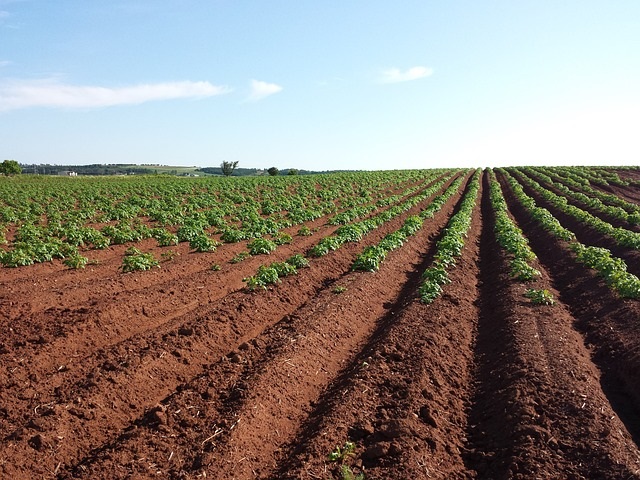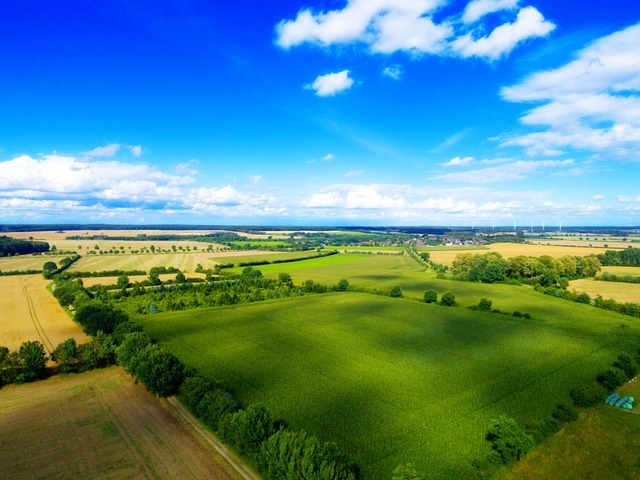Free Conservation Plan
The District Helps Farmers
Technical staff working in the Garrett Soil Conservation District office develop plans for farmers free of charge. These plans identify a farm’s critical natural resources, pinpoint problem areas and set realistic goals and timelines for making improvements. Each plan is unique and addresses natural resource concerns for the entire farming operation. Farmers are never required to follow the guidance of the plan. The portions of the plan that are ultimately completed are dictated by the farmer.
All of the information contained in the conservation plan belongs to you. Farmers have the final say on which practices to install and how and when to proceed. These plans do NOT provide public access to your property. As the farmer or landowner, you control right of entry and use.
If you are worried that bringing the District onto your property may result in fines for violations or orders to correct problems, rest assured that the District is not interested in seeing you charged for violations or in forcing you to start practices that you do not want done on your farm.
The Garrett Soil Conservation District exists to help farmers protect their soil and water resources. If we come to your property to perform a Conservation Plan it is to help you complete projects you wish to implement. Everything is voluntary. Even if we do tell you something would be improved if a particular project is done, you do not have to do that project unless you want to do it.
What is the Point?
It is no secret that crops grow best in deep, fertile topsoil. Soil that washes or blows away removes valuable minerals, nutrients, and organic matter. Crops growing in shallow, eroded soils develop poor root systems, are more vulnerable to extreme weather, and require more fertilizer to achieve acceptable yields.
If erosion problems like rills and gullies are visible, chances are your farm is already losing about 15 tons of soil per acre, per year. That translates to reduced yields and lost revenue.
Problems may not always be visible, so having experts from the District evaluate your needs, can be a valuable asset.
How's This Work?
It starts with a farm visit. A conservation planner will set up a time to meet with you, walk your farm, and listen to your natural resource concerns. Based on your input, the planner will develop a Soil Conservation and Water Quality Plan for your farm. No two farms are alike, so your plan will be specialized just for your farm.
What’s in the plan?
- An aerial photograph, map, or diagram of the farm
- An inventory and analysis of natural resources on the property
- A soil map showing the type and location of soils on the property
- A list of management decisions, agreed upon best management practices, and an install schedule
- An operation and mainetenance plan for installed best management practices
- Additional information on soil loss, seeding, tillage, and fertilization may be included
Let's Talk About the Financials
There are no costs or strings attached to getting a Soil Conservation and Water Quality Plan. It is a completely voluntary process. And, it is completely free of charge.
Although the plan itself is free, if you decide to implement some of the recommended management practices there could be a construction investment.
But, the good news is there may be financial assistance.
The District can help you sort through the maze of local, state, and federal programs and help you apply for any grants that may be applicable and available for projects in your plan.
District staff will help you calculate costs, apply for state and federal financial assistance, and leverage funding for maximum support.

It's All Up to You!
Okay, there’s nothing mysterious about a Soil Conservation and Water Quality Plan. It is simply a set of options designed to help you get the most from your land while protecting and conserving the natural resources that support your operation.
You have the final say on the best management practices that will be installed. You decide the best option to improve your operation and protect local water quality.
Call or visit our office to get started. Our number is 301-501-5886, and our address is Garrett Soil Conservation District, 1916 Maryland Hwy., Ste C, Mt. Lake Park, MD 21550. (It’s that green building past Freedom Ag.)

